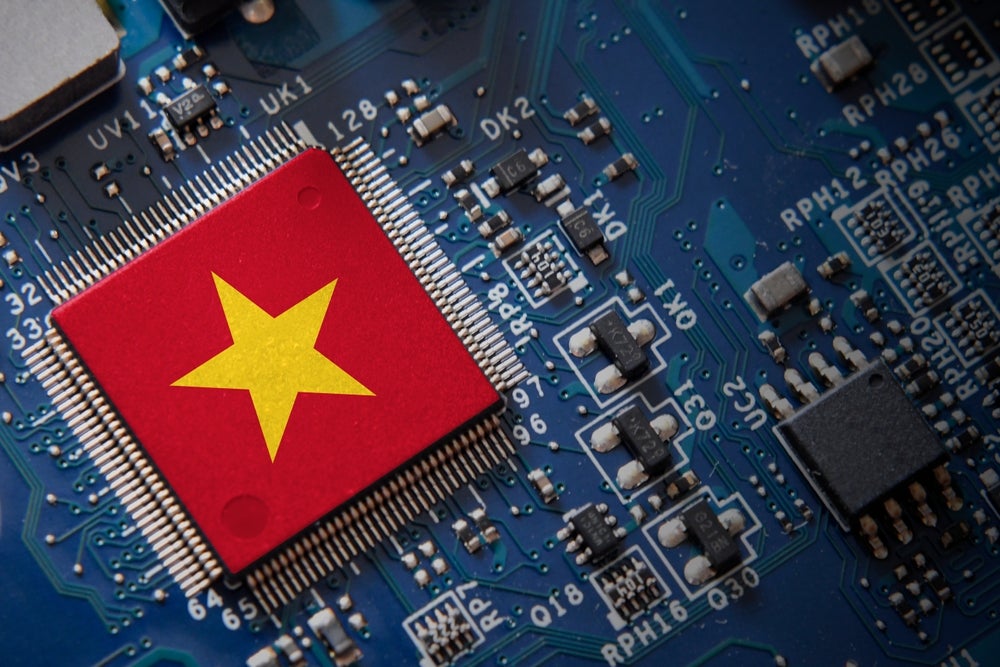NVIDIA had 75 patents in digitalization during Q1 2024. NVIDIA Corp filed patents in Q1 2024 for sensor parameter calibration techniques for in-cabin monitoring systems, compressed grid-based graph representations for efficient computing applications, parallel edge decimation on high resolution meshes, machine learning model training for robot control, and calibration techniques for interior depth and image sensors in monitoring systems. These patents focus on improving accuracy and efficiency in various technological applications. GlobalData’s report on NVIDIA gives a 360-degree view of the company including its patenting strategy. Buy the report here.
NVIDIA grant share with digitalization as a theme is 12% in Q1 2024. Grant share is based on the ratio of number of grants to total number of patents.
Recent Patents
Application: Sensor calibration using fiducial markers for in-cabin monitoring systems and applications (Patent ID: US20240104941A1)
The patent filed by NVIDIA Corp. describes sensor parameter calibration techniques for in-cabin monitoring systems, specifically focusing on an occupant monitoring system (OMS) used in vehicles or machines. The system involves determining calibration parameters for interior image sensors to reference 2D captured images to an in-cabin 3D coordinate system. This calibration process involves detecting fiducial points in images, determining 2D and 3D coordinates for these points, computing a rotation-translation transform, and configuring operations based on the calibration parameter. The system can be used for various applications, including autonomous machines, simulation operations, digital twin operations, light transport simulation, content creation, deep learning, real-time streaming, virtual, augmented, or mixed reality content generation, conversational AI, synthetic data generation, and cloud computing resources.
The patent also includes claims detailing the system's components and functionalities, such as processing units determining 2D and 3D coordinates, computing transforms, detecting fiducial points using computer vision algorithms, determining calibration accuracy metrics, and configuring operations based on calibration parameters. The system can be integrated into control systems, perception systems, simulation operations, digital twin operations, collaborative content creation, deep learning operations, real-time streaming, edge devices, robots, conversational AI systems, virtual machines, data centers, and cloud computing resources. Additionally, a method is outlined for determining occupant information in a machine based on sensor-generated images calibrated using fiducial markers' 2D and 3D coordinates, showcasing the practical application of the calibration techniques described in the patent.
To know more about GlobalData’s detailed insights on NVIDIA, buy the report here.
Data Insights
From

The gold standard of business intelligence.
Blending expert knowledge with cutting-edge technology, GlobalData’s unrivalled proprietary data will enable you to decode what’s happening in your market. You can make better informed decisions and gain a future-proof advantage over your competitors.







